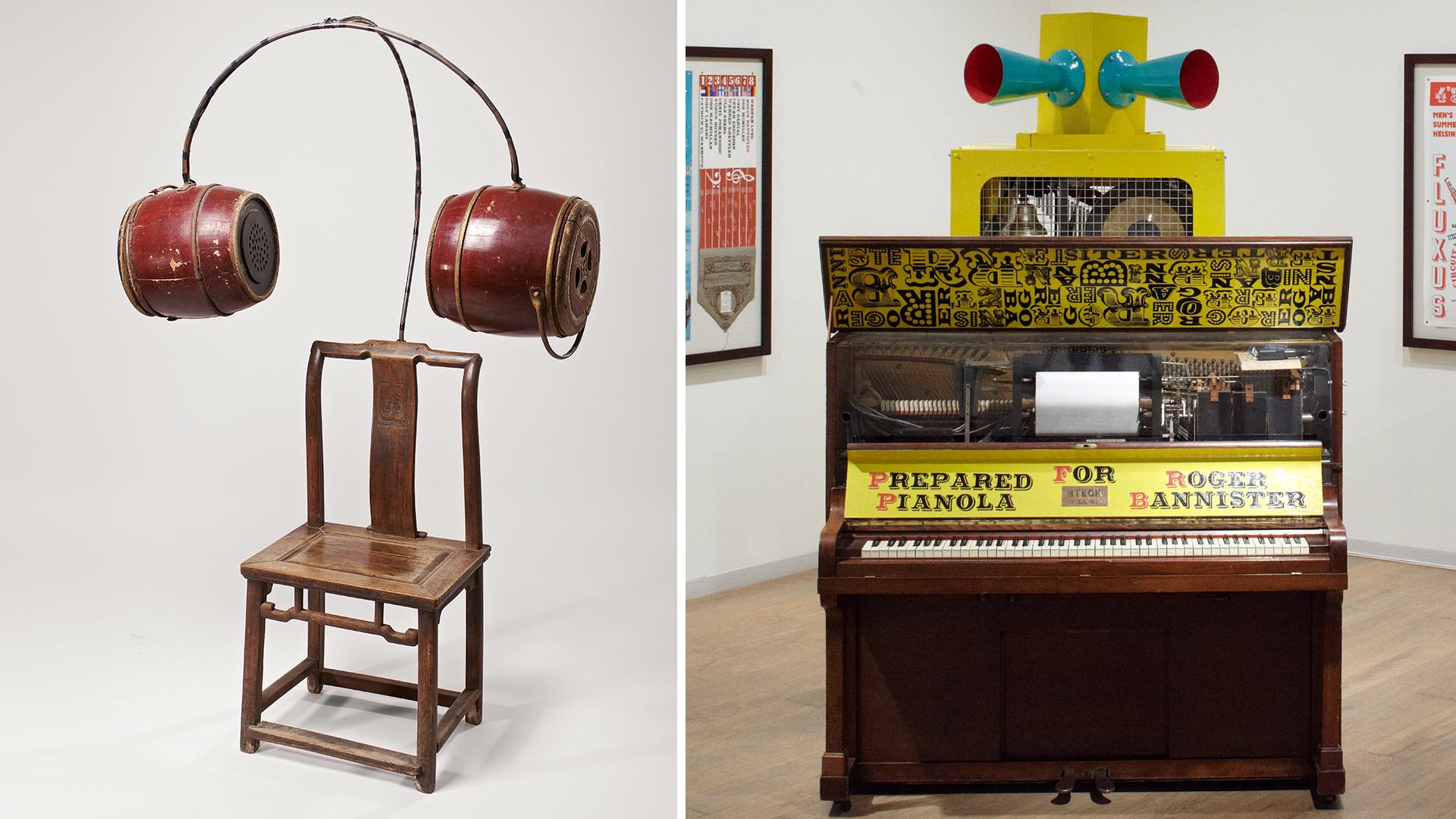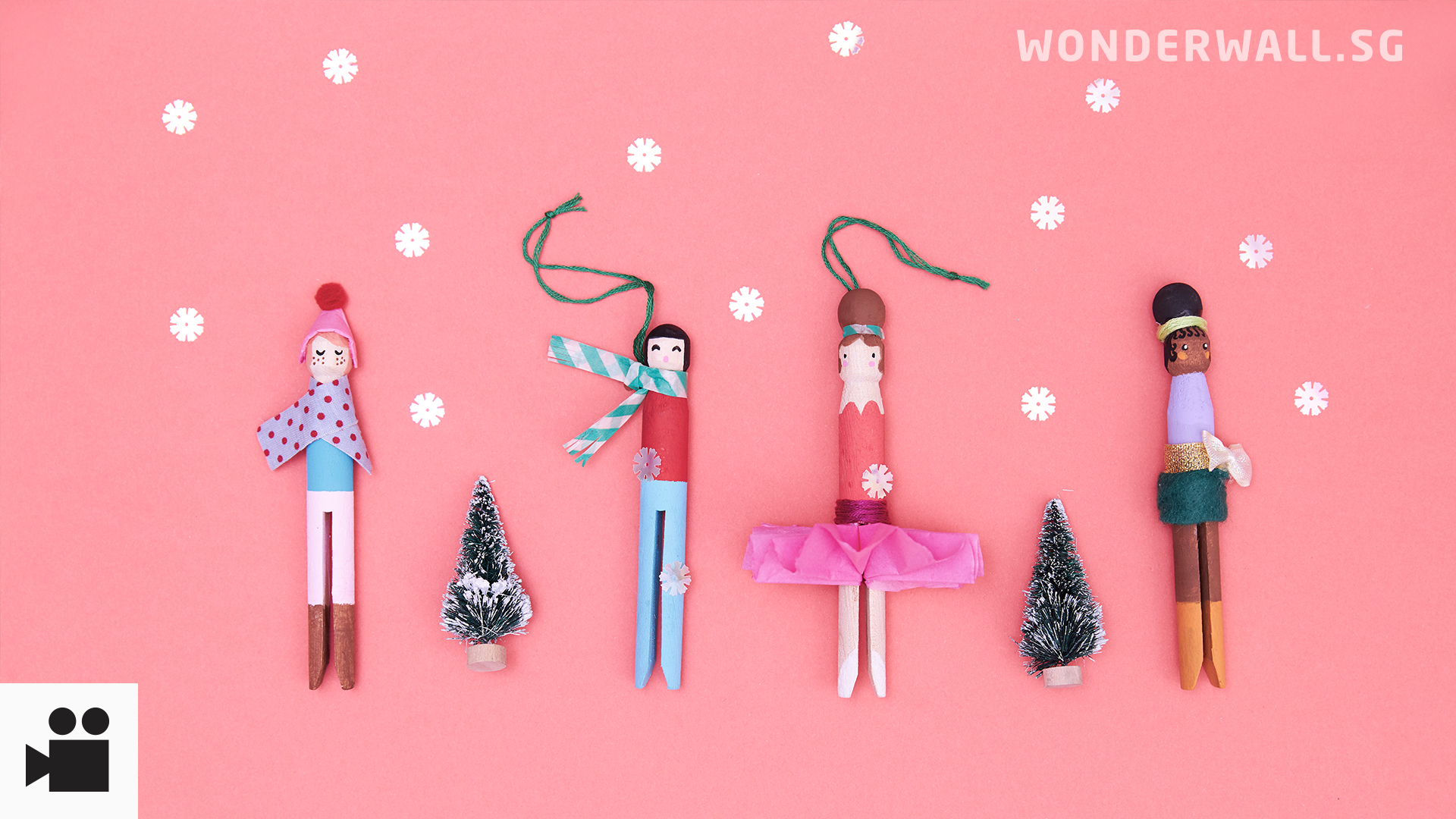Ever Seen Headphones Made Of Chamber Pots? ArtScience Museum's Ode To Sound Art Is A Must-See (And Must-Hear)
Throughout secondary school and university, I played violin in the student string orchestra – more out of my parents’ will than my own, so I was usually relegated to the lowest chair. I was such a terrible musician that at some point, I considered dropping orchestra because it was ruining my GPA. Except that the alternative was concert band, and the closest thing I could play to a woodwind instrument was my little brother’s plastic ocarina.
So when I saw the title of the ArtScience Museum’s new exhibition, I thought to myself, surely, SURELY I would be blur. What exactly does it mean to “explore sound through sculpture, installation and music?”
But if anything, Orchestral Manoeuvres is for non-musicians. At the virtual press conference last Wednesday (August 25), curator Adrian George, Director of Exhibitions at ArtScience Museum, said that this exhibition came out of his frustration at not being able to play music – and that he hoped it would show visitors the potential to make music or sound art in any form.
This means sound art projects, noise-making sculptures, and experimental scores, with nary a treble clef in sight. During my walk-through, I encountered talking clanking copper pipes, Chinese chamber pots fashioned into headphones, and even cats tip-toeing across pianos (on video, not in real life).
The exhibition is split into nine chapters, each exploring an aspect of sound, including resonance, how we share and record music, and our inner voice – what sounds linger in our heads. It also features 32 artists and composers, including Yoko Ono, Phil Collins, and Singapore’s Zul Mahmod.
While I didn’t quite I understand everything I saw – this is contemporary art, after all – it did invite me to (briefly) consider the potential of everyday noises, like the uwu bird, the vroom-vroom of supercars, and my neighbour’s never-ending reno to become er, art.
Does that “sound” like a stretch? Read on for a brief overview of what you can expect at this exhibition:
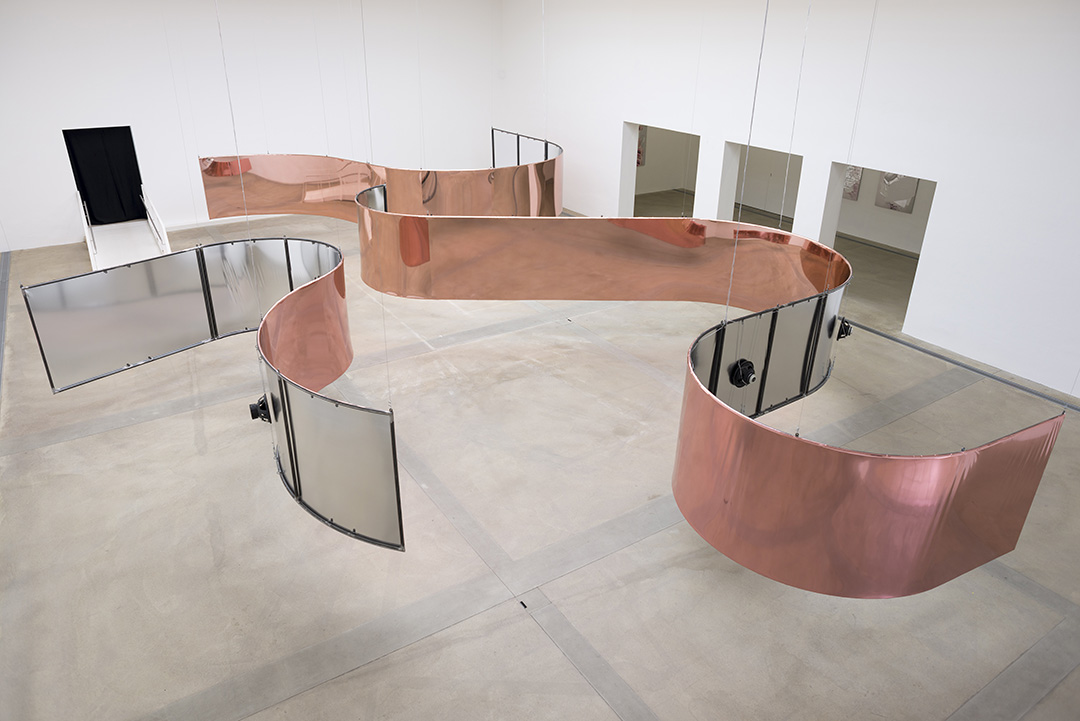
This vibrating ribbon of auto-body wrap panels invites us to experience how sound feels in our bodies, specifically our ears. The pulsing triggered a bit of anxiety (it was like standing next to a subwoofer), but I was able to relax after imagining the sensation as the pulse of a massage chair.
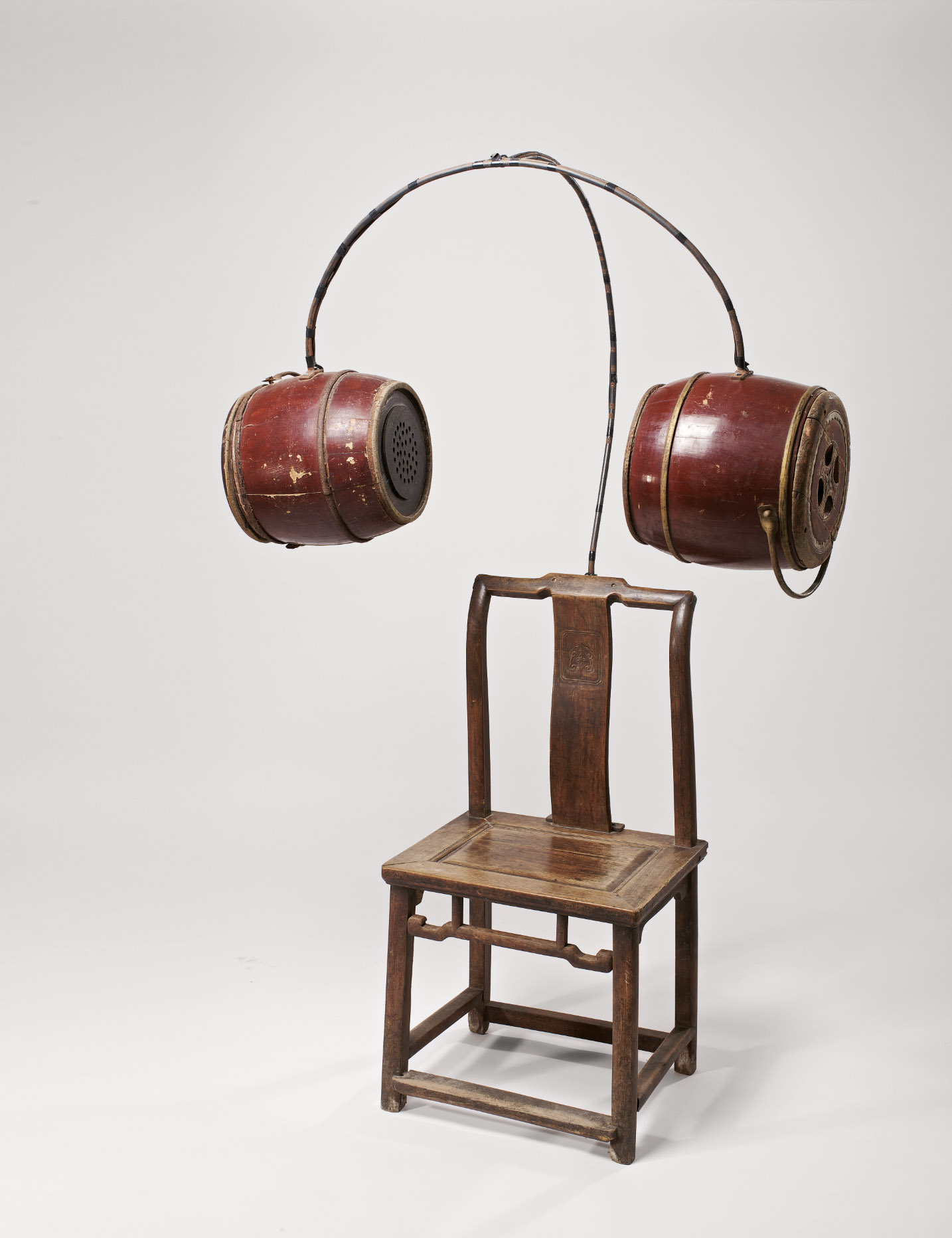
Created in 1999 by Chinese artist Chen Zhen, Chair of Concentration is one of the artiste’s many works depicting his perspective on Chinese culture-meets-Western-avante-garde art. Put your ear close enough to the chamber pots, and you’ll hear a gentle stream of field noises.
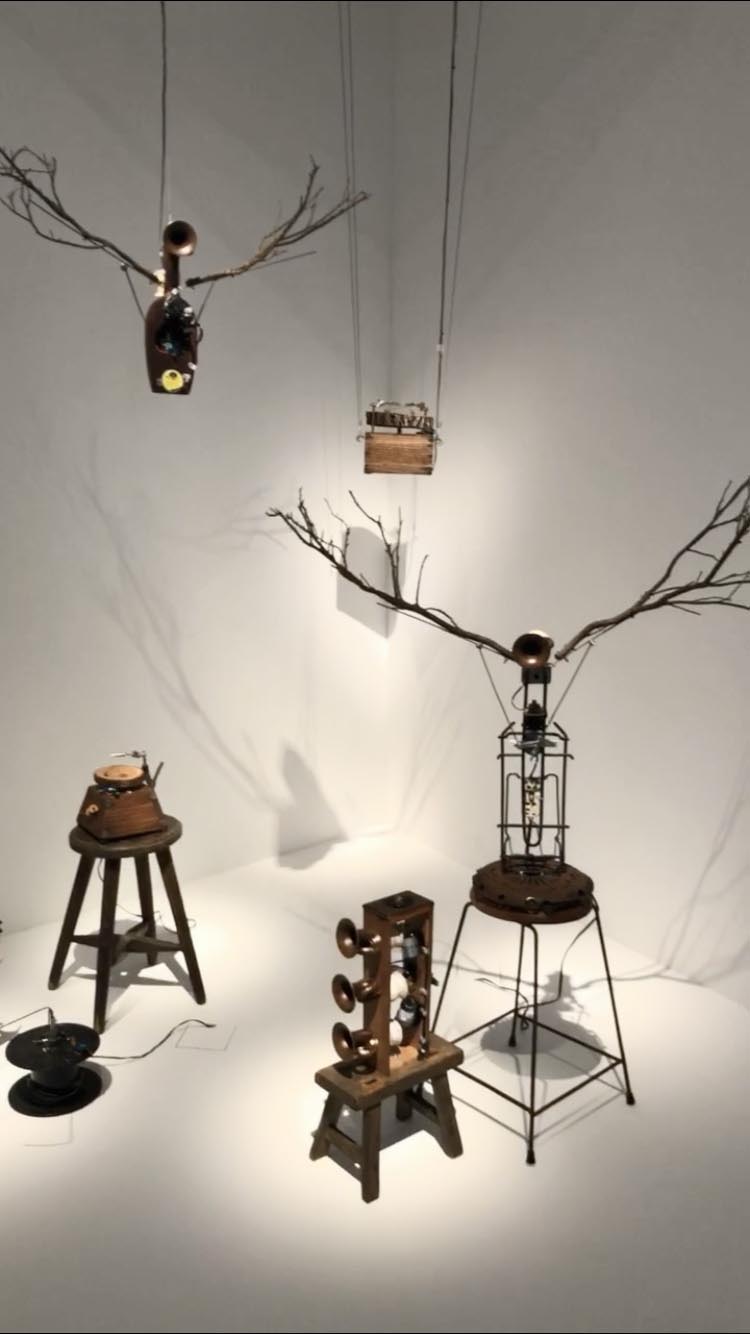
This corner shows a series of six kinetic sculptures by Taiwanese artist Hsiao Sheng-Chien, who sought to recreate the sounds of his childhood: birdsong, frogs croaking, and crickets chirping, which we are rapidly being lost to urbanisation.
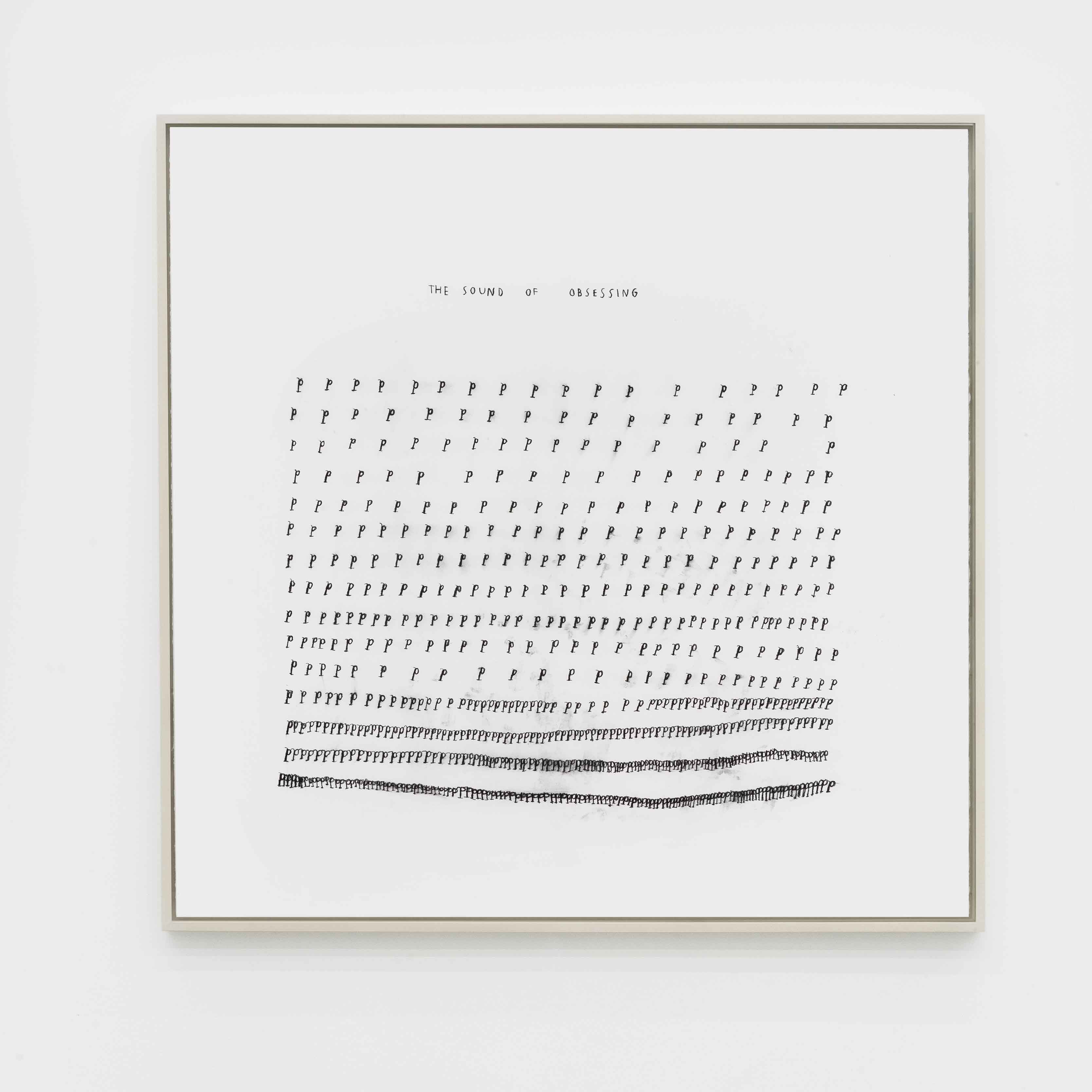
Chinese-American artist Christine Sun Kim, who was born deaf, created these musical notations as a critique of the hearing world.
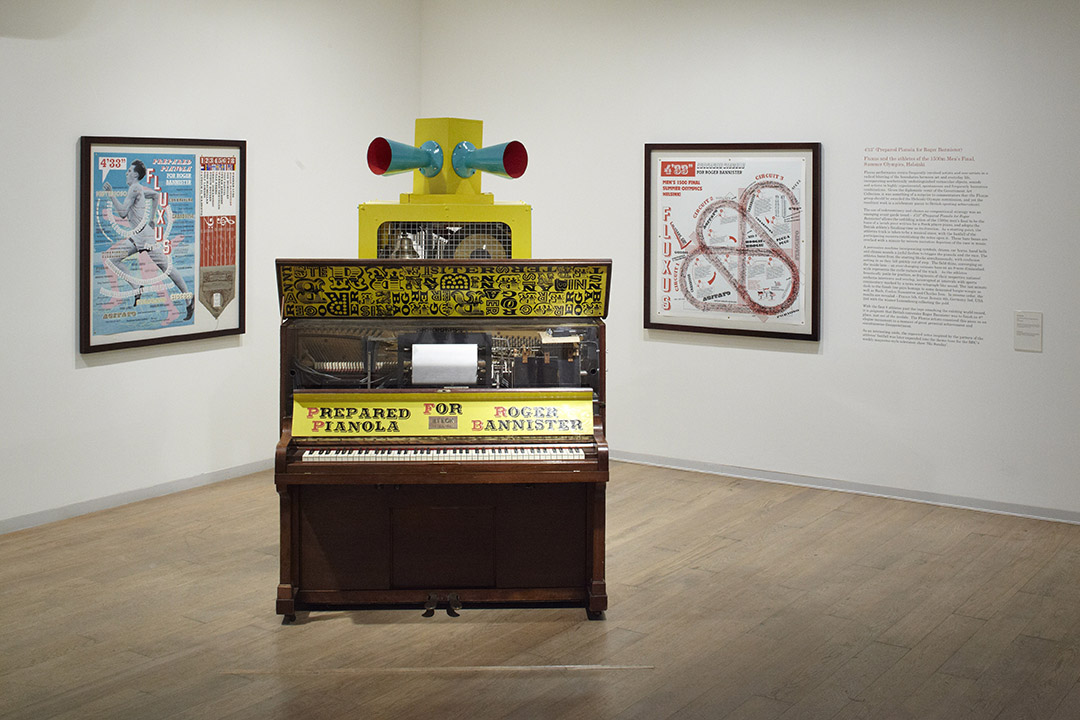
This 200-year-old piano was converted into a percussive machine incorporating cymbals, drums, hand bells, chimes, and even car horns. Press the big red button and prepare to be amazed at what you see and hear – this whacky installation is a major delight.
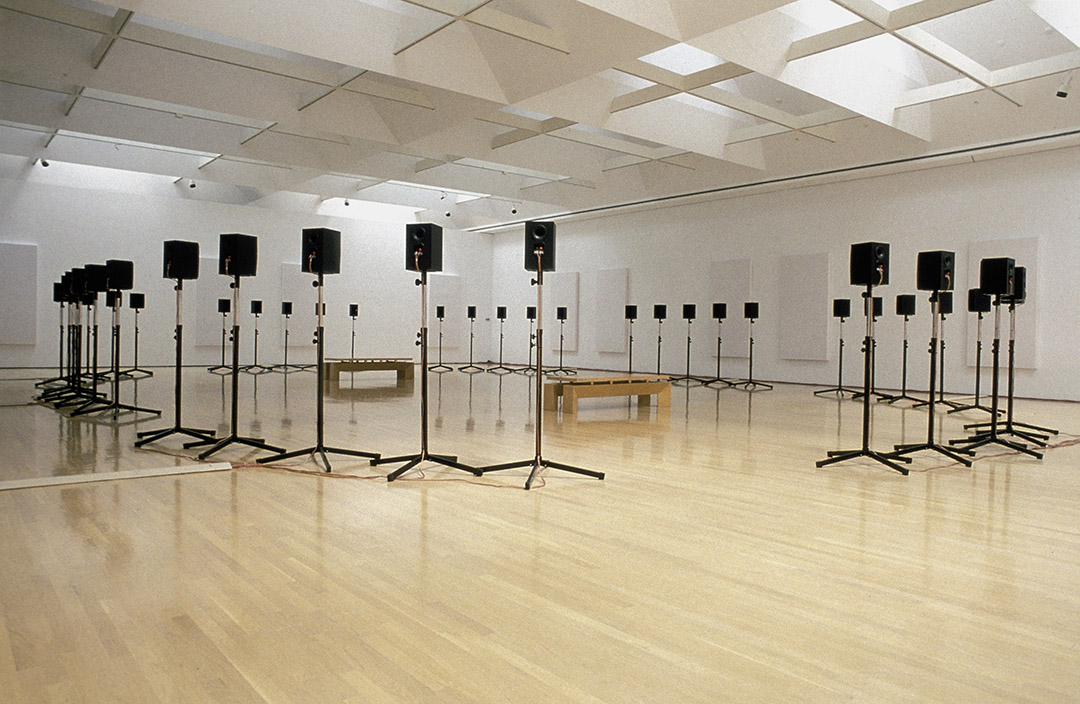
It’s been more than a year since I heard a live chorale performance, thanks to COVID-19 restrictions, so exploring this installation – where each speaker emanates one voice in a 40-part ensemble – felt oddly nostalgic, even moving. If you listen closely enough, you will even hear the singers clearing their throats or mumbling to themselves, making the inanimate speakers feel oddly human.
In the hallway outside, you'll see a quote by Janet Cardiff about this installation: "I saw it as a sculpture...when you walk into the space, the sound is so three-dimensional it's like walking into a piece of music."
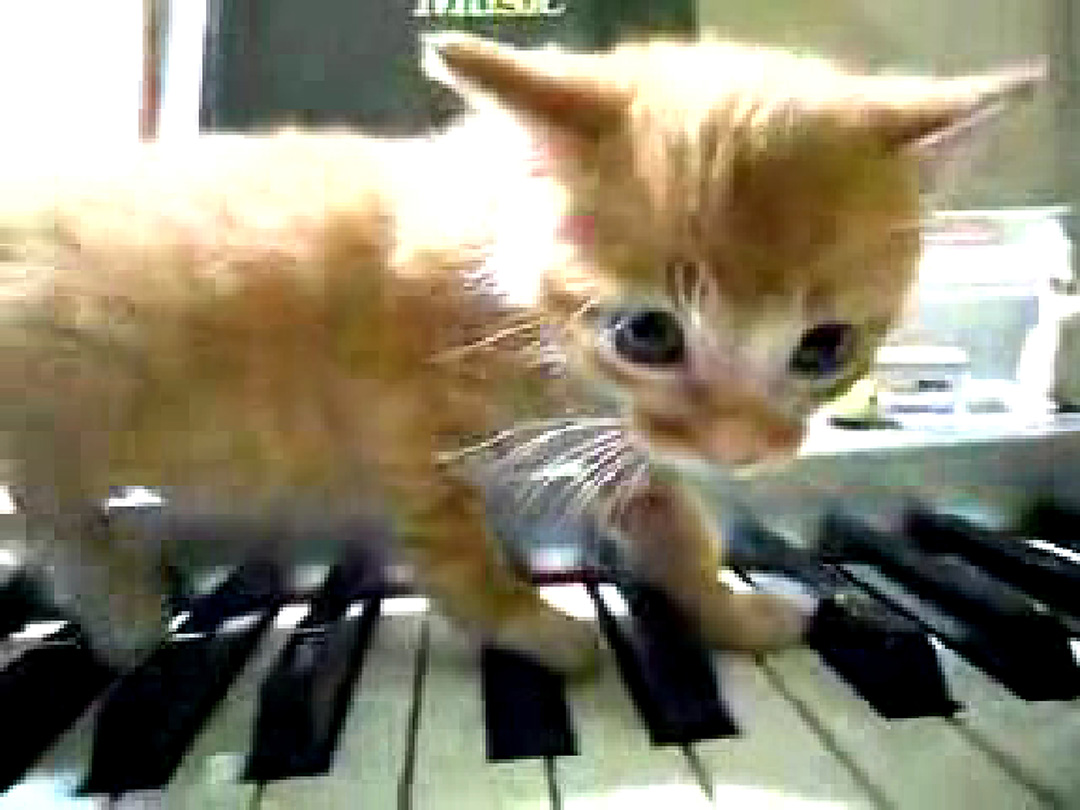
Remember those viral videos of Donald Trump 'singing' 'Bohemian Rhapsody' and 'Havana' with auto-tune? Sound artist Cory Arcangel did something similar with YouTube videos of cats walking on pianos to recreate Arnold Schoenberg’s cacophonous piano piece.
As if kittens weren’t cute enough, listen to these kids describe sound to the ArtScience Museum:
Since this is the ArtScience Museum, there are also interactive installations, including one where you can play the piano (with headphones on, so that you’re your own audience) and another where you can create your own music score notations.
So whether you’re a professional musician or totally tone-deaf, there’s something in this exhibition for you. Mask up, stay safe, and enjoy the sounds!
Orchestral Manoeuvres: See Sound. Feel Sound. Be Sound will run from 28 August 2021 – 2 January 2022. For ticketing information, go here.
For the latest updates on Wonderwall.sg, be sure to follow us on TikTok, Telegram, Instagram, and Facebook. If you have a story idea for us, email us at [email protected].







